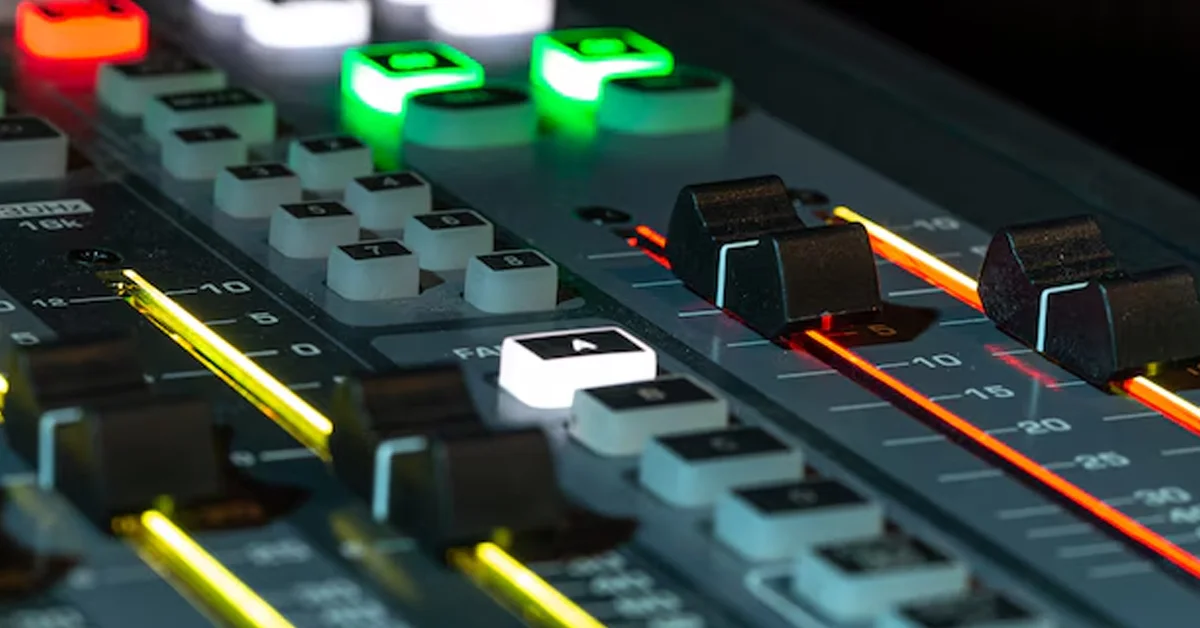General
The Power of Binding: Transforming Your Project’s Presentation

Table of Contents
- The Basics of Binding
- Types of Binding Methods
- The Science Behind Presentation
- Benefits of Professional Binding
- Choosing the Right Binding for Your Project
- The Role of Printing Quality
- Real-life Success Stories
- Tips for an Impeccable Presentation
The Basics of Binding
The tactile experience of holding a beautifully crafted document cannot be understated in the modern digital age. Whether for business, education, or personal projects, the importance of effective book printing cannot be overstressed. Binding transforms a collection of loose pages into an impressive document that delivers a seamless reading experience, reinforcing the essence of the content. The process itself, which involves joining pages into a single cohesive unit, not only aids in organization but also adds an aesthetic dimension that is essential for making impactful impressions.
Binding is the process of assembling written or printed works, such as books, brochures, and reports, to ensure permanence and a professional appearance. It plays a critical role whether you’re sharing a hard-bound thesis for academic appraisal or pamphlets destined for potential customers. By securing the pages, binding prevents the wear and tear that may result from frequent handling, thus preserving the content’s integrity and the document’s longevity.
Types of Binding Methods
The binding world offers many options, each suited to different requirements and preferences. One of the more traditional methods is saddle stitching, which involves folding sheets together and stitching them along the fold with metal staples. This method is cost-effective and efficient and is typically used for publications like booklets and magazines where page numbers are relatively low.
On the other hand, spiral binding involves threading pages with a plastic or metal spiral coil, which allows for a flexible and durable binding that can lay flat—perfect for notebooks and instructional materials. Similarly, comb binding uses a plastic spine that also enables the document to open flat. Perfect binding, commonly seen in paperback books, involves gluing the pages together at the spine with a strong, pliable adhesive. This method is ideal for reports and documents that require a polished and lasting impression.
The Science Behind Presentation
The way information is presented can significantly alter an audience’s perception, an assertion supported by numerous studies in cognitive psychology and business communication. When executed well, bound documents convey a sense of professionalism and meticulous attention to detail that is immediately apparent to observers. This phenomenon aligns with the science of first impressions, where the appearance of a document can influence its perceived value and credibility. Research shows that aesthetically pleasing and well-organized documents can enhance user engagement and retention, making the presented information more memorable and impactful.
Indeed, a document’s structure can affect its effectiveness in delivering information, and binding is a crucial component of that structure. It’s not just about keeping the pages together; it’s about ensuring the information is accessible, readable, and retains the audience’s interest.
Benefits of Professional Binding
Investing in professional binding services brings a multitude of advantages that extend beyond mere aesthetics. First and foremost, it reinforces the document, ensuring that it withstands frequent handling and remains intact over time. This durability is particularly important for materials intended to be archived, referred to repeatedly, or serve as an authoritative source of information.
Moreover, professional binding imparts sophistication that is hard to achieve with self-binding methods. The precision and quality control associated with professional binding ensures that every aspect of the document, from the spine to the cover, meets the highest standards of excellence. Furthermore, professionally bound documents can make a powerful statement about the creator’s dedication to quality and detail, which is particularly valued in corporate environments where presentation can influence client perceptions and decision-making.
Choosing the Right Binding for Your Project
The decision to use a specific binding style should be driven by the document’s purpose, content volume, and intended usage. For instance, brochures and small pamphlets generally benefit from saddle stitching due to their small page count. At the same time, larger documents such as annual reports might require perfect binding for a more substantial and durable finish.
Consideration should also be given to the document’s audience. For example, a high-end real estate brochure might warrant the exquisite touch of hardcover binding to convey luxury and exclusivity. At the same time, a training manual might be better served with spiral binding for ease of use. By aligning the binding type with the document’s function and target demographic, you ensure that the final product is aesthetically pleasing, practical, and aligned with the project’s goals.
The Role of Printing Quality
The impact of printing quality on a bound document cannot be overstated. It plays a crucial role alongside binding in defining the overall presentation quality. High-resolution printing enhances legibility, ensuring the text and images are sharp and clear. A finely printed document complements the binding, adding cohesion to the project and underscoring professionalism.
Paper choice, printing precision, and color accuracy are equally important when producing a standout document. The right combination of these factors and suitable binding can create a presentation tool that speaks volumes about the care and effort that has gone into its production. The marriage of these elements transforms a simple document into an impressive and persuasive piece.
Real-life Success Stories
Many businesses and individuals have witnessed remarkable success by investing in quality binding for their documents. Educational institutions, for example, often bind theses or dissertations to uphold academic integrity and formality. Corporate clients seeking to make an impression on stakeholders utilize professional binding to demonstrate their commitment to excellence and attention to detail.
One could consider the role of a meticulously bound proposal during client presentations. It’s not just the content that wins contracts; it’s also the delivery and presentation. Bound documents become a keystone in successful project communication by choosing a culture that values high standards and professionalism.
Tips for an Impeccable Presentation
- Material Selection: Choose durable covers and paper that align with the document’s tone. Heavier stocks may suggest reliability and permanence.
- Alignment with Objectives: Ensure the binding style suits the project’s purpose and audience, enhancing the document’s practicality and appeal.
- Consistent Formatting: Maintain consistent font styles and sizes throughout the document, and keep margins uniform for a clean and professional look.
- Professional Consultation: Consider seeking guidance from binding and printing professionals to navigate complex choices and ensure the best quality outcome.
Implementing these tips ensures that your document makes a strong impact, commanding attention and respect from its intended audience. By carefully balancing the elements of binding, printing, and design, you can elevate the quality of your documents to reflect the high standards you aim to communicate.
-

 Entertainment10 months ago
Entertainment10 months agoSandra Orlow: Exploring the Life and Legacy of a Cultural Icon
-

 General6 months ago
General6 months agoBaby Alien Fan Bus: Watch Parts 2 & 3 on Twitter, Reddit!
-

 General6 months ago
General6 months agoDiana Nyad & Bart Springtime: A Swim to Success
-

 Business11 months ago
Business11 months agoTex9.Net Crypto: Fast, Secure International Money Transfers with Competitive Rates
-

 Business10 months ago
Business10 months agoSnapchat Planets: Exploring Your Streak Universe
-

 Business11 months ago
Business11 months agoWhat is O Farming: How to Make Money Online and Its Start-Up Benefits
-

 General9 months ago
General9 months agoDeeper Dive into myfavouriteplaces. org:// blog
-

 Business11 months ago
Business11 months agoFintechZoom Apple Stock: Real-Time Insights and Expert Analysis



